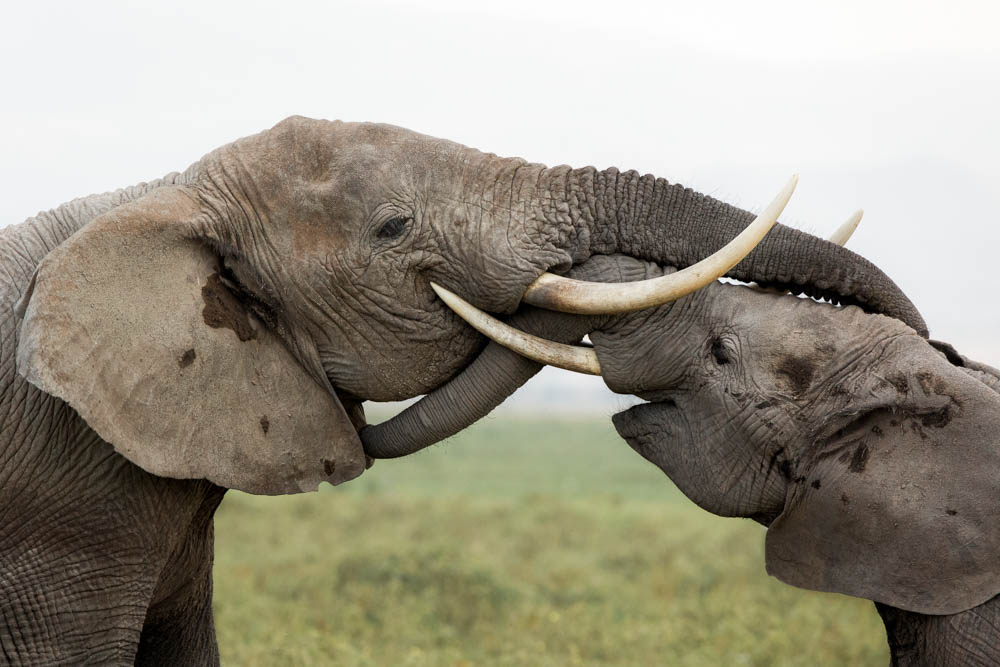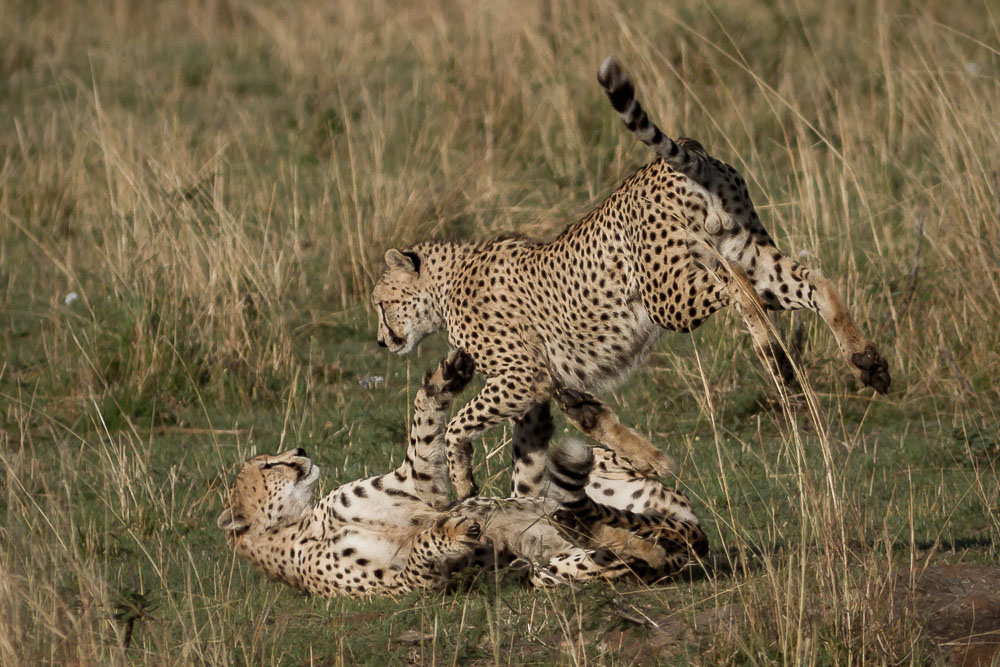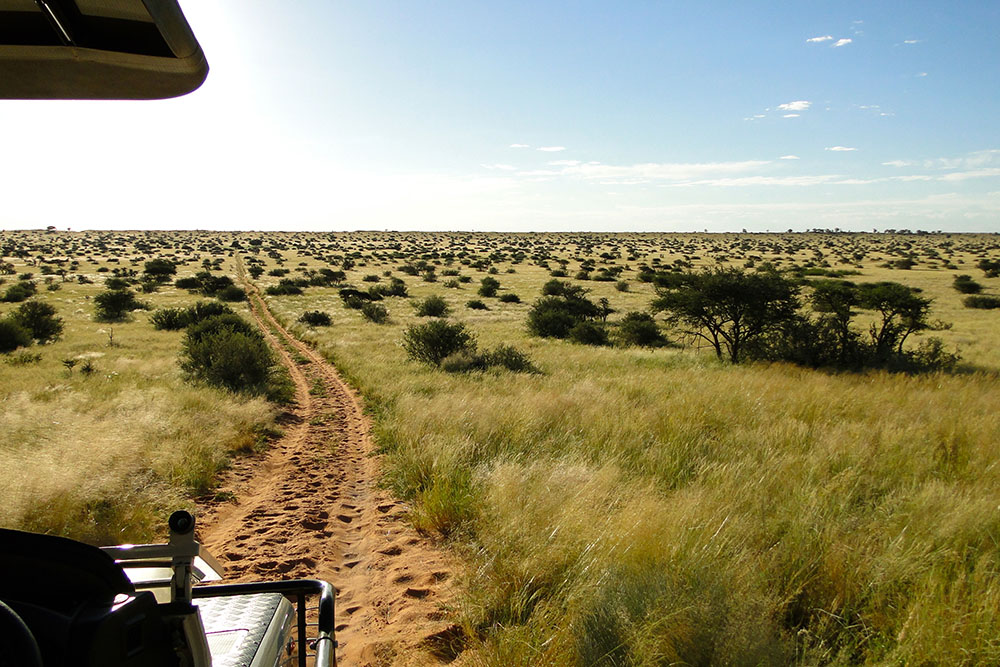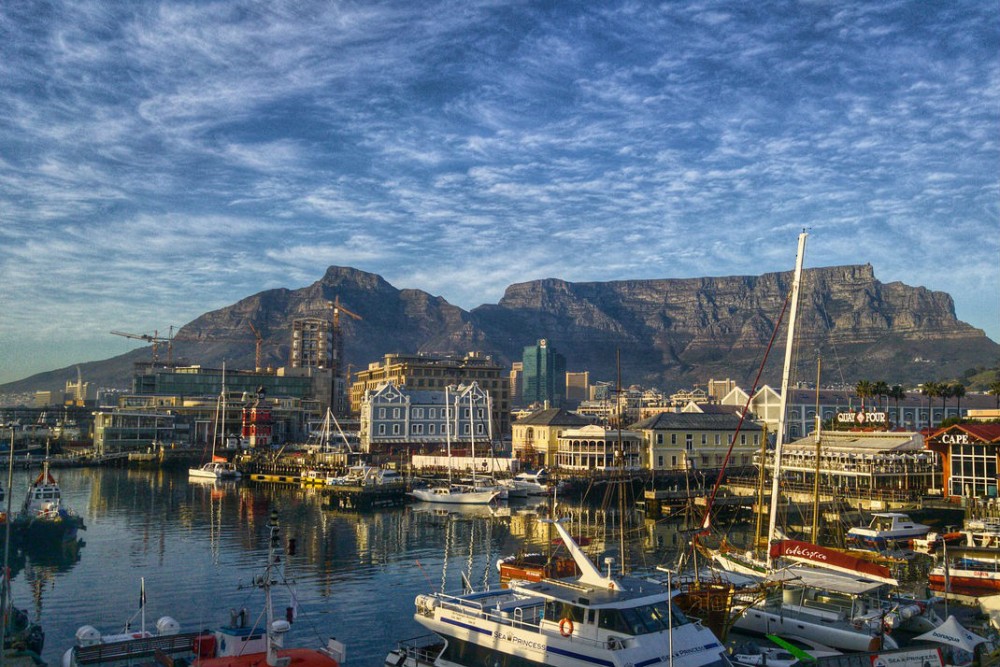Safari Packing List: Don’t Leave Home Without These Essentials
 Photo: Susan Portnoy, The Insatiable Traveler.
Photo: Susan Portnoy, The Insatiable Traveler. If you’re looking for a thrilling adventure, an African safari is a no-brainer. But wide-ranging temperatures and internal flights with stringent luggage restrictions can make safari packing a real challenge.
Basic requirements include sunscreen, a camera, a good hat, and sporty shoes, of course, but when space and weight are at a premium, what else do you choose and what can you lose? We interviewed our Trusted Travel Experts for Africa to glean the secrets to packing smart for a safari.

Photo: Susan Portnoy, The Insatiable Traveler.
For every safari:
Use a soft, malleable bag with no wheels.
To maximize your options, your best bet is a soft bag that’s flexible enough to squeeze into a tiny storage compartment (wheels are a no-no).
Linda Friedman of Custom Safaris likes The North Face medium-sized Base Camp Duffel. The Base Camp has internal pockets and can be carried traditionally or as a backpack. Nina Wennersten of Hippo Creek Safaris recommends the L.L. Bean medium-sized Adventure Duffel, what with its super-lightweight fabric weighing a mere 14 ounces.
Count on free laundry.
Flying into the bush means you’ll be on small planes with very little cargo space. Assume you’ll have a limit of 15kg/33lbs per person—camera equipment and carry-on included. The good news: Camps provide free laundry service (though not all of them will launder your undies) so think about packing for a long, adventure weekend—not the full length of your trip—knowing you’ll be able to enjoy clean clothes as needed.

Cheetah in Kenya. Photo: Susan Portnoy, The Insatiable Traveler.
Stick to neutral tones.
Avoid bright colors that scream “I’m here!” to the animals, and avoid wearing black or dark blue while on game drives, as annoying bugs may think you’re a skinny buffalo.
Think layers
African weather is variable: Evenings and early morning are chilly, but it’s toasty by midday, if not sooner. Layers will keep you prepared for anything. Pants, a T-shirt, a fleece and a light jacket usually suffice outside of the winter months and enable you to peel down as the sun kicks in. Lightweight cargo pants that unzip into shorts are a great way to get two pieces for the price of one. For women, Cherri Briggs of Explore recommends adding a cashmere shawl. It’ll keep you warm when needed, dress up an outfit at dinner, or double as a cover-up at the pool.
Save space for a power strip and other non-clothing essentials.
Even the most luxurious camps have a limited number of outlets in each guest tent, so our experts suggest adding a travel power strip to your packing list so that you can charge everything you need each night. And don’t forget a universal adapter. It will come in handy no matter where you travel. Bring an ultra-light day pack that you can take with you on game drives to carry an extra camera battery, an extra memory card, a pocket journal, your sunglasses, sunscreen, and the like.
For photography enthusiasts who plan on taking a boatload of photos, a small portable hard drive, like Silicon Power’s Rugged Armor 1TB external drive, is highly recommended.

A herd of hippos in Botswana. Photo: Susan Portnoy, The Insatiable Traveler.
For specific locations:
Botswana
During the rainy season (November–February) “a lightweight rain poncho may come in handy,” says Julian Harrison of Premier Tours. If you’re planning on riding in a mokoro, he also recommends including a waterproof bag to store your electronics. In the Okavango Delta, because travel between camps consists of short, small plane rides, you may wish to include Dramamine if you’re prone to motion sickness.
Read Julian’s Insider’s Guide to Botswana.
The Congo, Rwanda, and Uganda
Julian recommends bringing silica gel dry packs to put in your camera bags; they will protect your electronic devices from the high humidity. Quick-dry shirts and pants will protect you against the humidity, and a pair of gardening gloves will shield your hands from stinging nettles if you’re trekking gorilla or chimpanzee.
Since plastic bags have been banned in Rwanda to help the country cut down on litter and will be confiscated on arrival, Linda suggests reusable pouches for all the odd and ends you would normally toss into zip-top bags.
Read Linda’s Insider’s Guide to Gorilla Trekking in Rwanda and Uganda.

Photographing lions in Botswana. Photo: Susan Portnoy, The Insatiable Traveler.
Kenya, South Africa, and Tanzania
Some of the best game viewing is during Africa’s winter months (May–August), but the weather can be very cold at night and in the early morning. Nina packs a warm hat, gloves, and a Uniqlo Ultra Light down jacket. She says, “It’s virtually weightless, takes up little room in a suitcase,” and works great on its own or as another layer for when it’s really chilly.
Read Linda’s Insider’s Guide to Kenya’s Great Migration; and Nina’s Insider’s Guides to South Africa and Kenya and Tanzania.
Namibia and Zambia
If you’re visiting during the hot season (October–February), Cherri warns, “Be prepared for serious heat!” She suggests travelers bring plenty of Rehydrate, an electrolyte replacement drink mix, to keep you happy and healthy while out and about. She also recommends putting Listerine in a spray bottle to repel tsetse flies. If you’re going on a walking safari in South Luangwa, Zambia, Julian suggests adding a pair of gaiters to your packing list to keep ticks from attaching to your socks.
Read Cherri’s Insider’s Guide to Namibia and her Insider’s Guide to Zambia.
Be a smarter traveler: Use Wendy’s WOW List to plan your next trip. You can also follow her on Facebook and Twitter @wendyperrin, and sign up for her weekly newsletter to stay in the know.
Read more from Susan Portnoy at her own site, The Insatiable Traveler, and follow her at facebook.com/Insatiabletraveler and @susanportnoy.












Never go to Africa without a sturdy hat with a wide brim (such as a Tilley hat) and make sure that it can be secured on your head for when you’re driving fast and the wind is blowing. Also, always take several bandanas. They can be used as a sweat towel, tied over your mouth and nose against dust or cold and a million other uses. They’re cheap and take up no space.
No reason for the neutral tones. Have you not seen what the Masai warrior-guides wear? Bright reds and blues. We were told over and over while we were in Africa that animals can’t see color so it didn’t matter what colors we wore. Wish I hadn’t bought new clothes in neutral colors before I went and just used what I had.
Excellent advice! We brougt just 3 of everything, following the old military, “one on the rack, one in the pack, one on your back” theory! I’d add that winter in southern Africa can be very dry and dusty, we used a lot of moisturizer and the photographer in our group brought an air bulb to blow out dust when changing lenses. Also, check with the camp managers about laundering underwear, we found at some camps they were willing to launder because they provided a dark mesh bag, which came back to us with everything in it clean but untouched by the staff. Layering worked great for us, but we found having a day bag to stuff it into was very helpful to prevent hats and gloves from blowing away on the Range Rover. Things got tricky when my husband dropped a glove of the vehicle in the middle of a herd of buffalo!